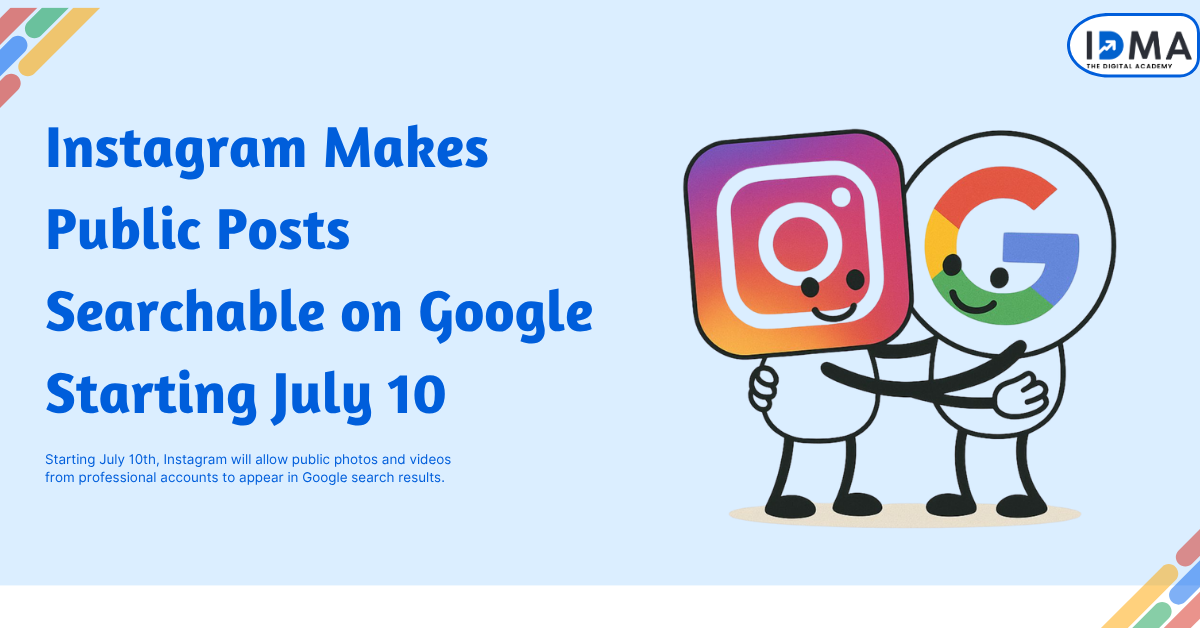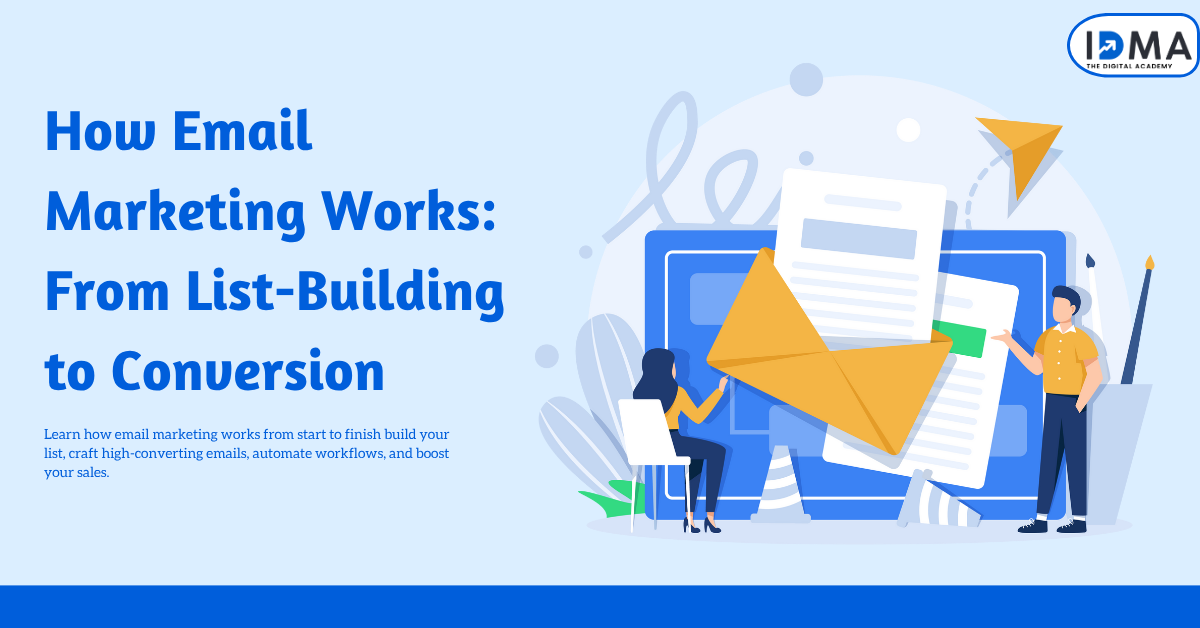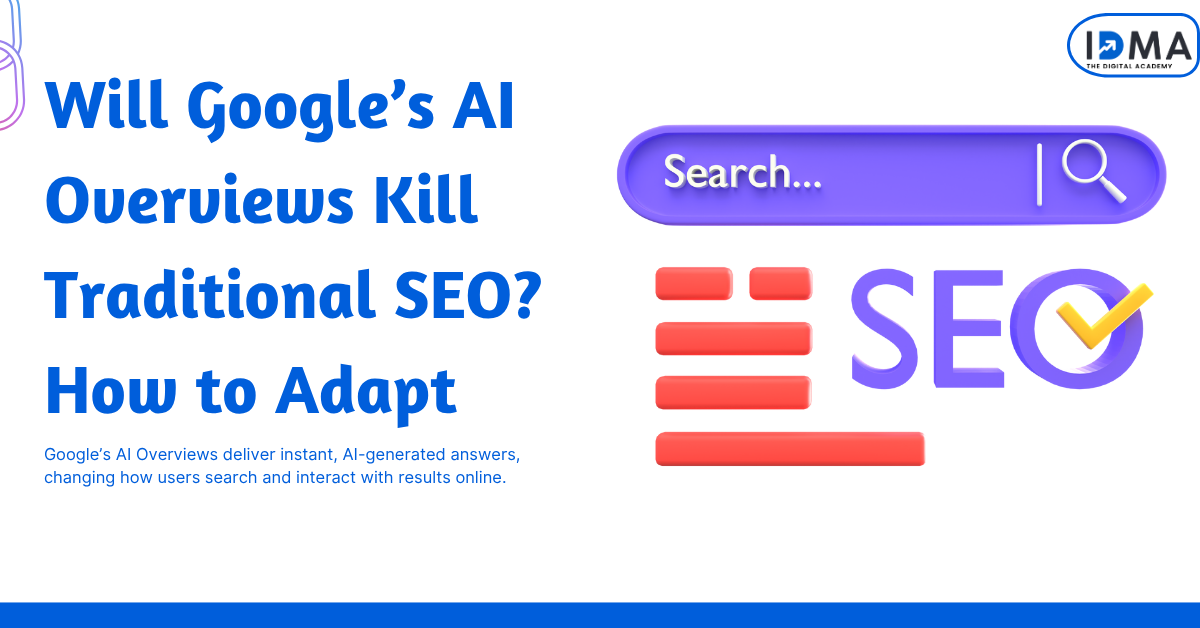What is SEO and How Does It Work?
In the vast digital landscape, where millions of websites compete for attention, Search Engine Optimization (SEO) emerges as a crucial strategy for businesses and content creators alike. But what exactly is SEO, and how does it work? In this comprehensive guide, we will delve into the fundamentals of SEO, explore its core components, and uncover the strategies that can help you achieve higher rankings on search engines like Google.
Understanding SEO: A Brief Overview
SEO stands for Search Engine Optimization. It is the practice of optimizing a website to improve its visibility and ranking on search engine results pages (SERPs). When a user searches for a specific term or phrase on a search engine, the engine’s algorithm sorts through billions of web pages to deliver the most relevant results. SEO aims to make your website more attractive to these algorithms, thus increasing the likelihood of appearing at the top of the results.
The primary goal of SEO is to drive organic (non-paid) traffic to your website. Unlike paid advertising, where you pay for clicks or impressions, organic traffic is earned through the quality and relevance of your content and website structure. As a result, SEO is often seen as a long-term investment in your website’s success.
How Search Engines Work
To understand SEO, it’s essential to grasp the basics of how search engines like Google operate. Search engines use complex algorithms to analyze and rank web pages. These algorithms consider a multitude of factors, including keywords, site structure, content quality, and backlinks. Here’s a simplified breakdown of the process:
- Crawling: Search engines use bots, also known as spiders or crawlers, to scan the internet and discover web pages. These bots follow links from one page to another, gathering information about each page they visit.
- Indexing: Once a page is crawled, the search engine indexes it, storing the information in a vast database. The index is essentially a massive library where all discovered web pages are cataloged and retrieved when relevant to a search query.
- Ranking: When a user enters a search query, the search engine analyzes its index to find the most relevant pages. It then ranks these pages based on a variety of factors, including relevance, quality, and user experience.
The ultimate goal of a search engine is to provide users with the best possible answers to their queries. Therefore, the more your website aligns with this goal, the higher it will rank.
The Importance of SEO
In today’s digital world, where consumers rely heavily on search engines to find products, services, and information, SEO is more important than ever. Here’s why:
- Increased Visibility: The higher your website ranks in SERPs, the more likely it is to be seen by potential visitors. Studies show that the majority of users never scroll past the first page of search results, making top rankings crucial for visibility.
- Targeted Traffic: SEO helps attract visitors who are actively searching for content, products, or services related to your business. This means that the traffic you receive from SEO is highly targeted and more likely to convert into leads or sales.
- Cost-Effective: Unlike paid advertising, SEO doesn’t require ongoing investment in clicks or impressions. Once your website is optimized and starts ranking well, you can enjoy a steady stream of organic traffic without paying for it.
- Credibility and Trust: Users tend to trust websites that appear at the top of search results. High rankings are often seen as a sign of credibility and authority, which can enhance your brand’s reputation.
- Long-Term Results: While SEO takes time to deliver results, the benefits are long-lasting. Unlike paid campaigns that end when the budget runs out, a well-optimized website can continue to attract traffic for years.
Key Components of SEO
SEO is a multifaceted discipline that involves several key components. Understanding and optimizing each of these components is essential for achieving success in search engine rankings.
Keyword Research
Keyword research is the foundation of SEO. It involves identifying the terms and phrases that potential customers use when searching for products, services, or information online. These keywords serve as the building blocks of your SEO strategy.
To conduct effective keyword research, consider the following steps:
- Brainstorming: Start by listing out words and phrases that are relevant to your business or website. Think about what your target audience might search for.
- Using Tools: Leverage keyword research tools like Google Keyword Planner, Ahrefs, or SEMrush to discover popular search terms and assess their search volume and competition.
- Analyzing Competitors: Look at the keywords your competitors are ranking for. This can provide valuable insights into opportunities you may have overlooked.
- Long-Tail Keywords: Consider targeting long-tail keywords—phrases that are more specific and less competitive. While they may have lower search volumes, they often attract highly targeted traffic.
Once you have a list of relevant keywords, incorporate them naturally into your website’s content, meta tags, URLs, and headings. Avoid keyword stuffing, as search engines can penalize sites that engage in this practice.
On-Page SEO

On-page SEO refers to the optimization of individual web pages to improve their ranking in search results. This involves optimizing both the content and HTML source code of a page. Key elements of on-page SEO include:
- Title Tags: The title tag is the HTML element that specifies the title of a web page. It appears as a clickable headline in search results. Ensure your title tags are descriptive, contain relevant keywords, and are within the recommended length (typically 50-60 characters).
- Meta Descriptions: The meta description is a brief summary of a page’s content that appears beneath the title in search results. While it doesn’t directly impact rankings, a compelling meta description can improve click-through rates. Aim for around 150-160 characters and include your target keyword.
- Headings (H1, H2, H3, etc.): Use headings to structure your content and make it easier for both users and search engines to understand. The H1 tag should contain the main topic of the page, while H2 and H3 tags can be used for subtopics.
- Content Quality: High-quality, informative, and engaging content is the cornerstone of on-page SEO. Your content should provide value to users, answer their questions, and address their needs. Include relevant keywords naturally throughout the content, but prioritize readability and user experience.
- Internal Linking: Link to other relevant pages on your website to help users navigate and discover more content. Internal linking also helps search engines understand the structure and hierarchy of your site.
- URL Structure: Keep your URLs short, descriptive, and keyword-rich. Avoid using complex strings of numbers or special characters.
Off-Page SEO
Off-page SEO focuses on activities that occur outside of your website but contribute to its ranking. The most important aspect of off-page SEO is link building—the process of acquiring backlinks from other websites.
Backlinks are like votes of confidence for your website. When a reputable site links to your content, it signals to search engines that your site is trustworthy and authoritative. However, not all backlinks are created equal. Quality matters more than quantity.
Here are some strategies for building high-quality backlinks:
- Guest Blogging: Write and publish articles on other reputable websites in your industry. Include a link back to your site in your author bio or within the content.
- Content Promotion: Share your content on social media, online forums, and industry-specific communities to increase its visibility and attract natural backlinks.
- Influencer Outreach: Connect with influencers in your niche and encourage them to share or link to your content.
- Broken Link Building: Identify broken links on other websites and offer your content as a replacement. This benefits both parties—the site owner fixes their broken link, and you gain a backlink.
Remember, quality is key. Focus on earning backlinks from authoritative sites that are relevant to your industry.
Technical SEO
Technical SEO involves optimizing the backend of your website to ensure it meets the technical requirements of search engines. This aspect of SEO is crucial for ensuring that your site is easily crawlable and indexable.
Key elements of technical SEO include:
- Site Speed: Page loading speed is a critical factor in both user experience and search rankings. Use tools like Google PageSpeed Insights to assess your site’s performance and identify areas for improvement. Compress images, minimize code, and leverage browser caching to boost speed.
- Mobile-Friendliness: With mobile devices accounting for a significant portion of web traffic, having a mobile-friendly site is essential. Ensure your website is responsive, meaning it adapts to different screen sizes and provides a seamless experience on all devices.
- Secure Sockets Layer (SSL): Security is a top priority for search engines and users alike. Implement SSL to encrypt data and protect your site from potential threats. Sites with HTTPS are favored in search rankings.
- XML Sitemap: An XML sitemap is a file that lists all the pages on your website, making it easier for search engines to crawl and index them. Submit your sitemap to Google Search Console and other search engines to improve indexation.
- Robots.txt: This file instructs search engine bots on which pages to crawl and index. Use it to prevent search engines from indexing pages that aren’t relevant or could dilute your SEO efforts.
- Structured Data (Schema Markup): Structured data helps search engines understand the content on your site better. By adding schema markup to your HTML, you can enhance your search listings with rich snippets, such as star ratings, prices, and event details.
The Role of Content in SEO
Content is at the heart of SEO. Without high-quality content, even the best technical SEO strategies won’t yield optimal results. Here’s how to create content that drives SEO success:
- Focus on User Intent: Understand what your audience is searching for and create content that meets their needs. Whether they’re looking for information, a solution to a problem, or a product, your content should provide a clear and valuable answer.
- Keep Content Fresh and Updated: Regularly update your content to keep it relevant and accurate. Fresh content signals to search engines that your site is active and well-maintained.
- Use Multimedia: Incorporate images, videos, infographics, and other multimedia elements to enhance the user experience and make your content more engaging.
- Optimize for Featured Snippets: Featured snippets are short answers that appear at the top of some search results. To increase your chances of being featured, structure your content in a way that directly answers common questions.
Measuring and Analyzing SEO Performance
SEO is not a one-time effort; it requires ongoing monitoring and analysis to ensure continued success. Here are some key metrics to track:
- Organic Traffic: The number of visitors who find your site through search engines. Use tools like Google Analytics to monitor organic traffic and identify trends.
- Bounce Rate: The percentage of visitors who leave your site after viewing only one page. A high bounce rate may indicate that your content isn’t meeting user expectations.
- Conversion Rate: The percentage of visitors who take a desired action, such as making a purchase or signing up for a newsletter. Track conversions to assess the effectiveness of your SEO strategy.
- Keyword Rankings: Monitor how your target keywords are performing in search results. Use tools like Ahrefs or SEMrush to track rankings and identify opportunities for improvement.
- Backlink Profile: Keep an eye on your backlinks to ensure they are from reputable sources. Disavow any low-quality or spammy links that could harm your rankings.
Conclusion: The Power of SEO for Your Business
SEO is a powerful tool that can significantly impact your website’s visibility, credibility, and success. By understanding how search engines work and implementing best practices, you can optimize your site to rank higher in search results, attract targeted traffic, and achieve your business goals.
At Indian Digital Marketing Academy (IDMA), we offer comprehensive SEO training programs designed to equip you with the knowledge and skills needed to excel in digital marketing. Whether you’re a beginner looking to learn the basics or a seasoned professional aiming to refine your strategies, our courses provide the insights and tools you need to thrive in the competitive online landscape.








